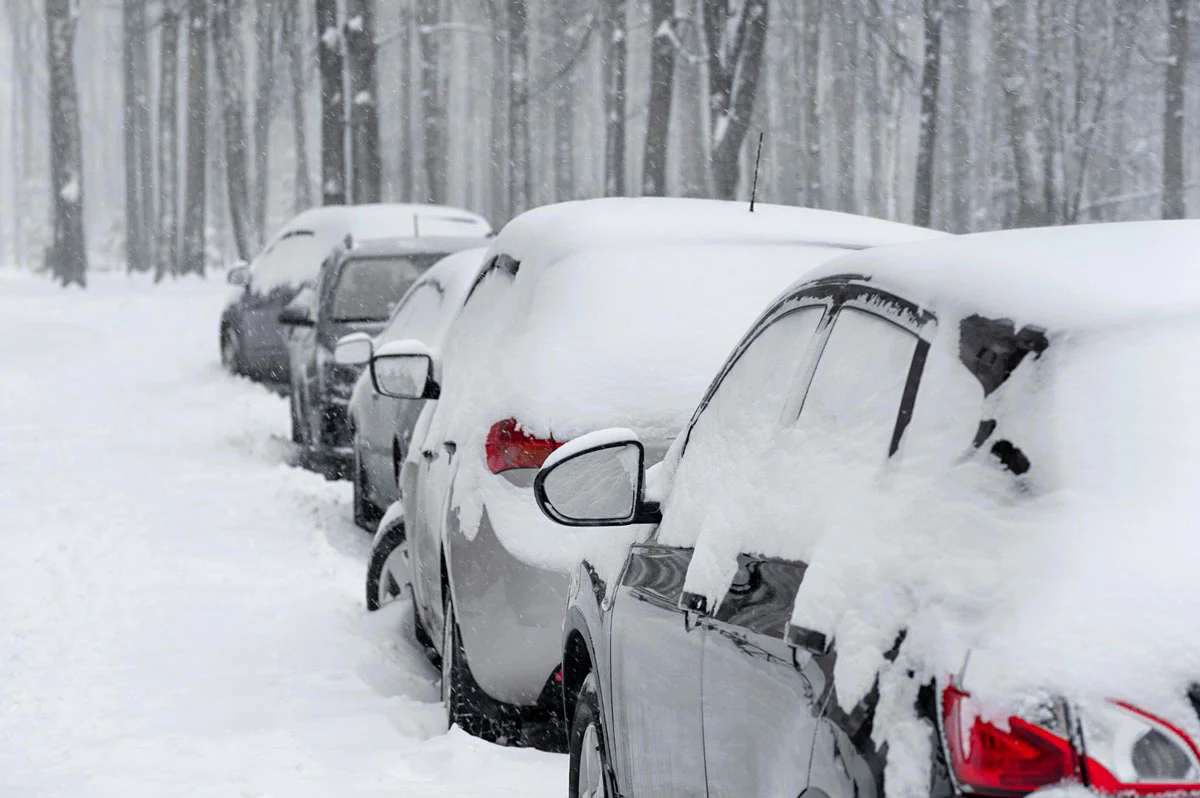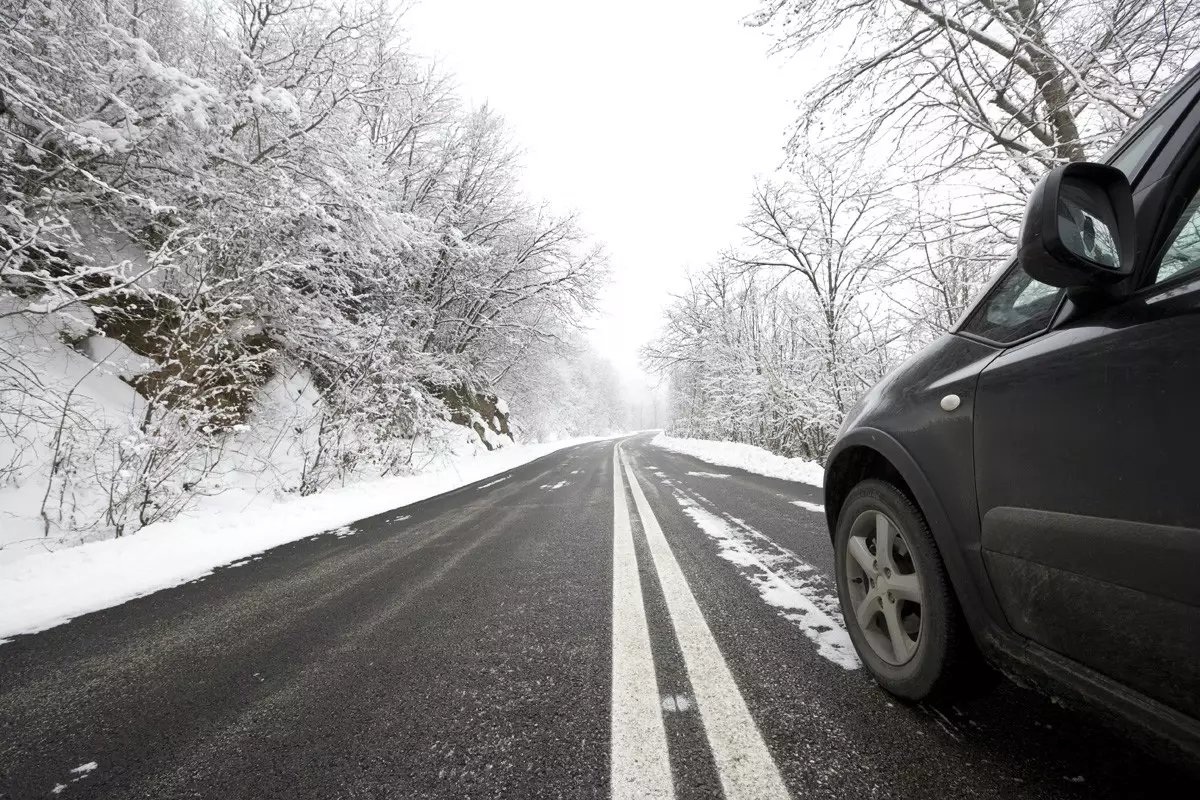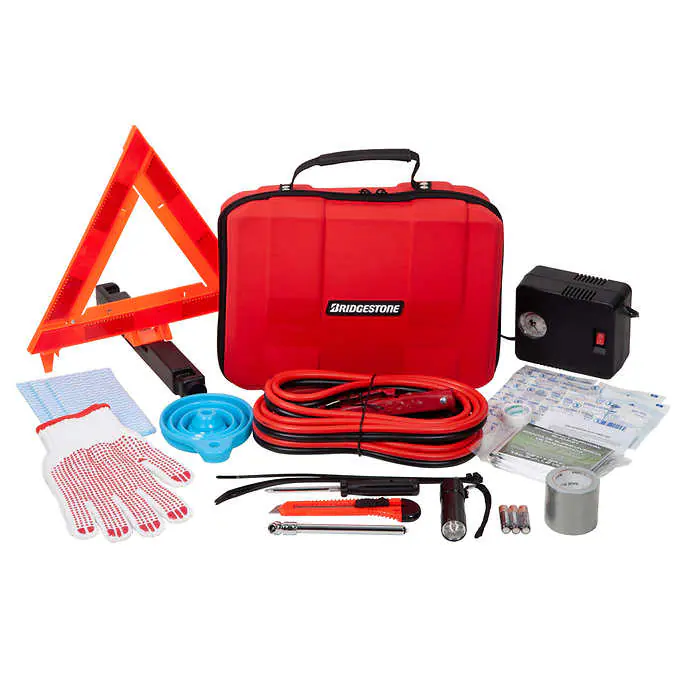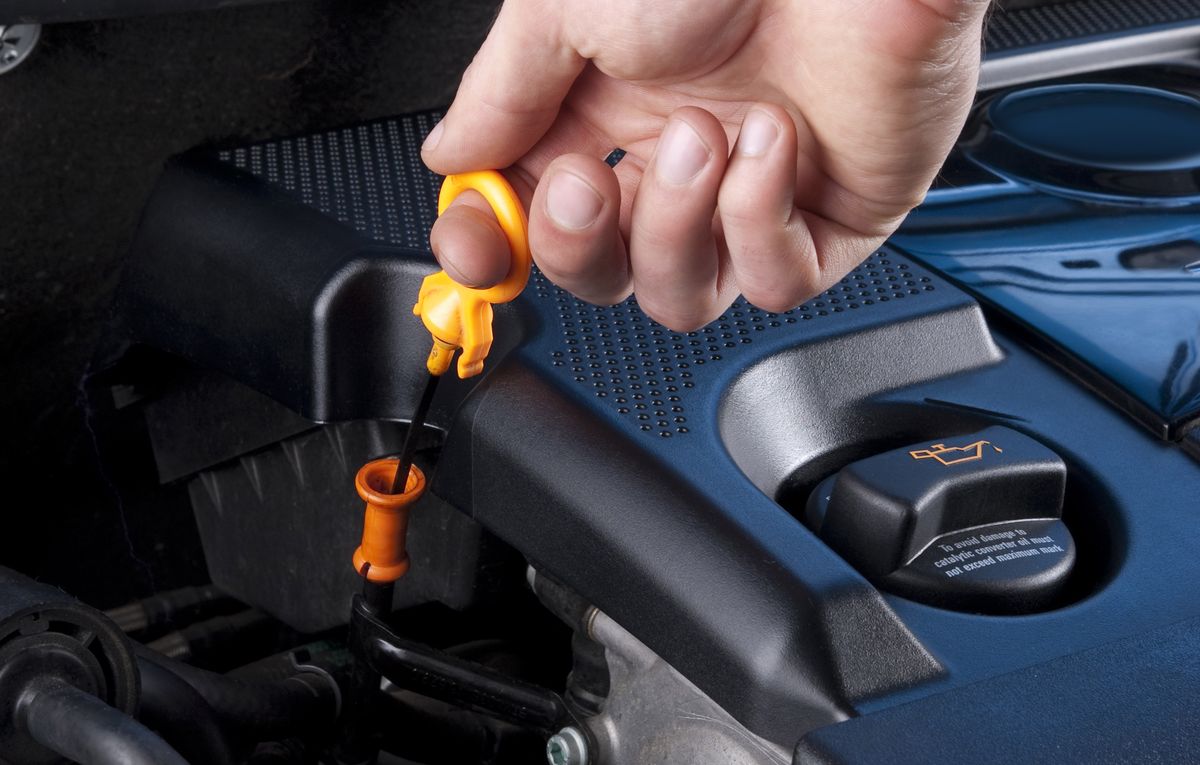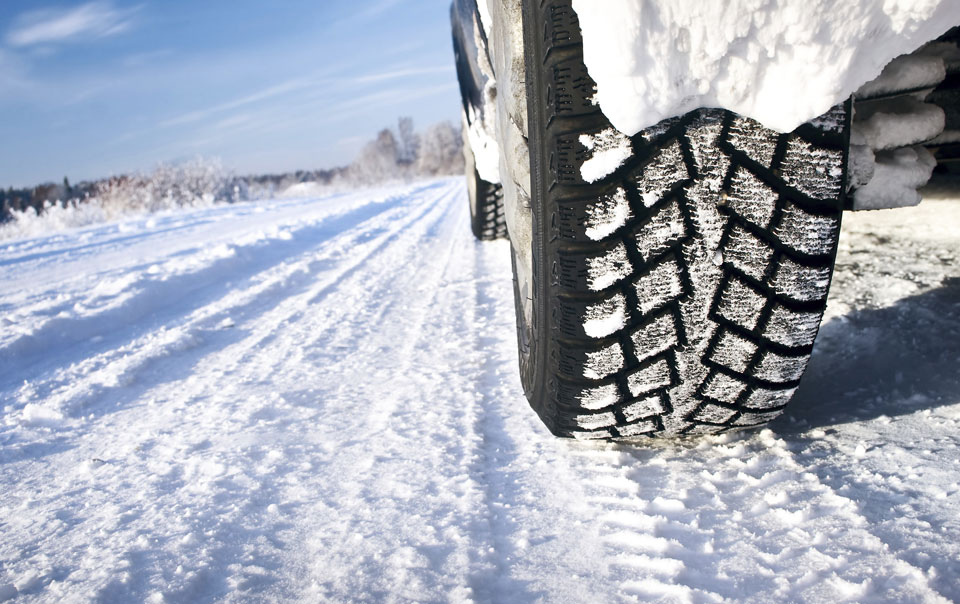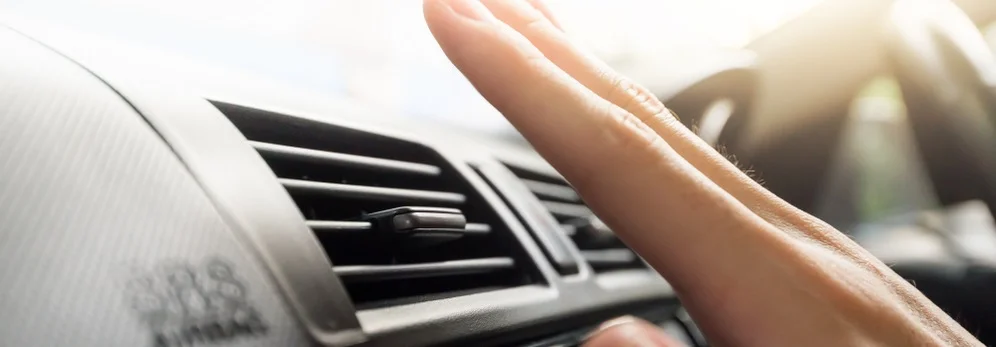If you don’t not know how to protect your car from snow without a garage, there is nothing to worry about. Let’s see some of the effective ways to protect your car from snow.
- Protect your windshield from cracking. Excess snow can cause your windshield to crack. As a car owner, you should be concerned about this and you should know how to protect your car’s expensive windshield from snow. Covering the windows and windshield will not only prevent scratches but will also save you time that you will have to spend on removing snow from the windows and windshield every morning. If you don’t want to buy a cover, you can use cardboard to prevent scratches and also to keep moisture off the windshield.
- Provide proper maintenance to your car tires. During the winter season, make sure to check your tire pressure frequently as deflated wheels can give you less traction. Low temperatures can lead to low tire pressure. Reduction in tire pressure can damage your car and also endanger your life. Investing in quality snow tires is a smart decision as they can handle cold much better than standard rubber tires do. The significant advantage is that they will not stiffen the way rubber tires will.
- Check and replace your battery if needed. Freezing temperatures can reduce the pace of power-generating chemical reactions within your battery. Check your battery before it starts getting too cold and replace it if needed, as unhealthy batteries often fail to start.
- Protect your car’s paint. Along with ice, things like road salt, sleet, and dirt can also damage your car during winter. You may not know how to protect your car from snow and salt. Applying a wax or other paint sealant can protect your car’s paint and shield your vehicle from hazardous outdoor elements.
- Use antifreeze and distilled water. The viscosity of your oil can be affected in cold weather. Check whether all of your fluids, including brake fluids, are at the suggested amounts. Antifreeze and distilled water ensure that the coolant inside your radiator is appropriate and they also ensure that all of the fluids are at the proper levels.
- Keep your gas tank full. You can reduce the amount of condensation build-up by keeping your gas tank full, thereby preventing gas line freeze.
- Ensure that the seals are in working condition. Ice and water can get inside through a small crack or space, resulting in moisture formation. Ensure that the rubber seals on the outside are in working condition and also make sure that your car is totally sealed up to prevent moisture formation that can otherwise lead to mold, mildew, and rot.
- Use a car cover. Do car covers protect a car from snow? Yes, they do. A car cover is the simplest way of protecting your car from external damaging elements. A car cover is crucial not just for outdoor parking but also for indoor parking.

